On 6 August this year it will be 70 years since the atomic bomb was dropped on Hiroshima. Angela Ferguson visits the place today.
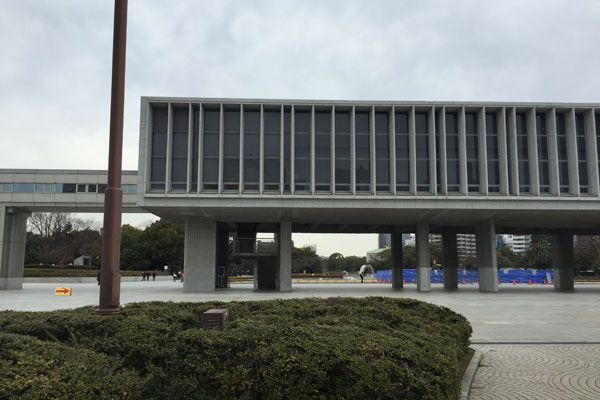
January 20th, 2015
Memorial Museum
The A-Bomb was exploded 600 m above the city, so that the full effect of its destruction was felt by Hiroshima’s people. Putting it bluntly, the city was flattened. The after effects of the A-bomb continued to be felt for years afterwards by those who managed to survive.
The inhabitants of Hiroshima are a determined people and they soon set about rapidly rebuilding their city. A few short years after it had been razed to the ground Hiroshima was proclaimed a City of Peace by the Japanese Parliament in 1949. It is now a thriving metropolis dedicated to peace and the abolition of nuclear weapons.
A-Bomb Dome
The main monuments and memorials that are part of Hiroshima Peace Park were designed by Japanese architect Kenzo Tange. Tange practiced throughout the 20th century (he died in 2005) and was one of Japan’s, if not the world’s most highly regarded architects, winning the Pritzker Prize in 1987.
His work has a distinct modernist style that also incorporates many Japanese architectural aesthetic principles. His design for the site was the result of winning a design competition, and this is one of the many opportunities Tange had to explore the influence of his favourite architect, Le Corbusier.
Memorial Museum
Arriving in Hiroshima is surreal; it is quite obviously much newer than other big cities in Japan and it’s difficult to imagine how a city could grow out of rubble in such a relatively short time. It has a similar feel to Canberra, in that it is a very ‘planned’ city now. The Peace park site consists of the Peace Memorial Museum, the Peace Memorial Park, the Memorial Cenotaph, the Children’s Peace Monument, the eternal flame (which will only be extinguished once nuclear weapons no longer exist) and the A-Bomb Dome.
Children’s Peace Monument
The A-Bomb dome was previously the city’s main commercial and exhibition hall and is one of only a handful of heritage buildings that remain; the A-Bomb dome survived because it was almost directly under the explosion, as if in the eye of a storm.
The Memorial Cenotaph
Hiroshima is an important design destination city for many reasons; it is evidence of both shocking destruction and incredible beauty. The architecture of the Peace Site is provocative, serene and beautiful in its simplicity; it is in direct contrast to the desolate landscape from which it evolved.
To follow Angela and Stephen’s journey through Japan go to instagram @futurespacedesign @indesignlive and look out for the hashtags #futurespacetravels #indesigntravels
INDESIGN is on instagram
Follow @indesignlive
A searchable and comprehensive guide for specifying leading products and their suppliers
Keep up to date with the latest and greatest from our industry BFF's!

How can design empower the individual in a workplace transforming from a place to an activity? Here, Design Director Joel Sampson reveals how prioritising human needs – including agency, privacy, pause and connection – and leveraging responsive spatial solutions like the Herman Miller Bay Work Pod is key to crafting engaging and radically inclusive hybrid environments.

It’s widely accepted that nature – the original, most accomplished design blueprint – cannot be improved upon. But the exclusive Crypton Leather range proves that it can undoubtedly be enhanced, augmented and extended, signalling a new era of limitless organic materiality.

Gaggenau’s understated appliance fuses a carefully calibrated aesthetic of deliberate subtraction with an intuitive dynamism of culinary fluidity, unveiling a delightfully unrestricted spectrum of high-performing creativity.

The idea that the only way is forward isn’t new but it feels particularly current when it comes to the evolution of the commercial workplace. Here, Bradhly Le takes stock of the significant transformation this typography has been going through – and points to adaptable design as one of the essential vehicles for this dynamic shift.

Following recent award wins for Brookfield Place Sydney, Make has also been recognised for a landmark workplace project in London. At 80 Charlotte Street, you’ll find architecture in tune with its surroundings.
The internet never sleeps! Here's the stuff you might have missed
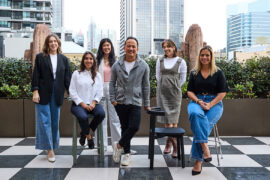
To mark a full year of Bradhly Le’s young studio, the team at RIZEN Atelier share their impressions and inspirations so far.
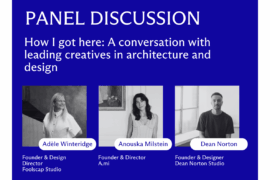
Featuring beloved Melbourne designers, this is a must-attend conversation for emerging designers and anyone interested in the pursuit of creativity.
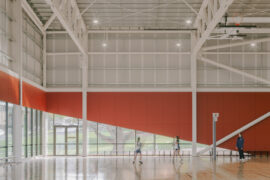
Joan Montgomery Centre PLC by Warren and Mahoney is a tour de force of education design, with high-end facilities including a swimming pool and general athletic amenities.
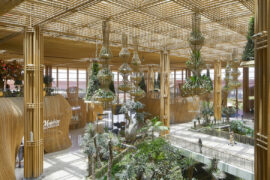
Winner of the INDE.Awards 2025 Best of the Best, Terminal 2 Kempegowda International Airport Interiors by Enter Projects Asia and SOM showcases 12,000-square-metres of biophilic design, featuring nine kilometres of handwoven rattan in a sustainable, world-class passenger experience.